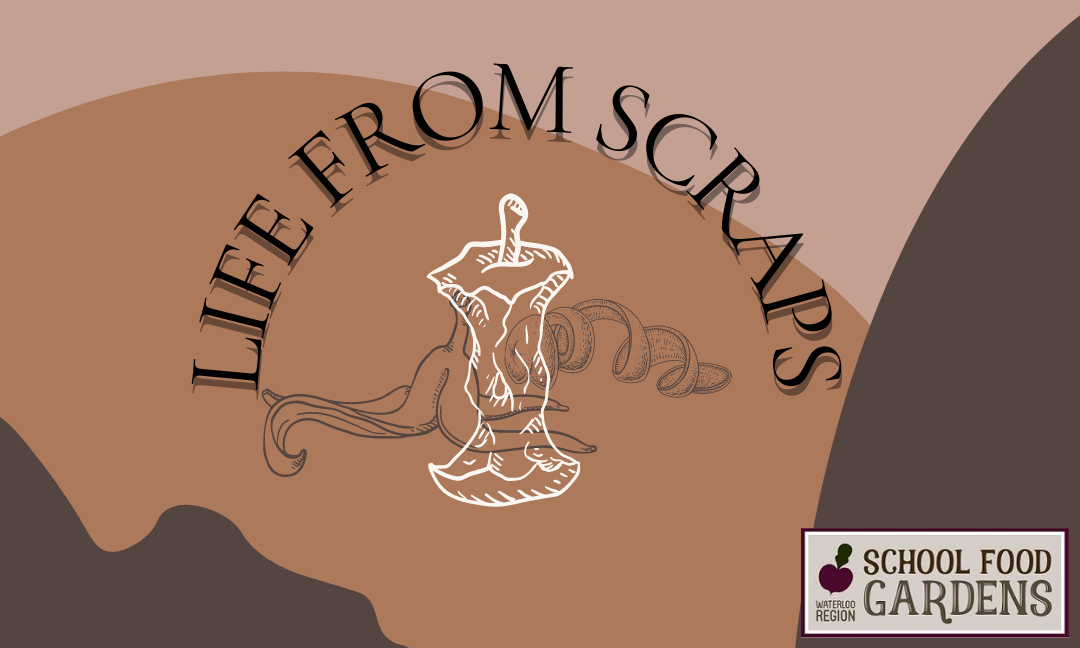Author: S.R. van der Heide
Editor: Emily Cheng
Graphic Designer:
Publisher: Rayna Almas
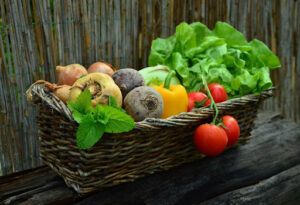
Spring is the time of new life. Sprouts push from the earth, eggs begin to hatch, and the snow all around us melts. For many, this signifies that it is time to garden! There is little more rewarding than planting your own garden, and what better way is there to get involved with food? Sometimes, however, it can feel daunting or seem as if you cannot partake in gardening. Perhaps you live in an apartment, or seeds are not easily accessible. Here is where the magic of propagation comes in!
Propagating plants can be easy, especially for plants such as carrots or potatoes. With scraps from your kitchen or leftover vegetables that are starting to be inedible, you can create a happy little garden.
Scouring the Kitchen

There are tons of plants waiting to regrow from the scraps in your kitchen. Discarded seeds, tops of carrots, butts of celery, or potatoes that sat for too long. These are just some examples of food you can propagate.
Propagation is the act of using cuttings from plants to regrow the original plant. It is common among succulents but can also be utilized for other plants. A list of easily propagated plants that you might find in your kitchen is as follows:
- Green Onion
- Celery
- Cabbage
- Bok Choy
- Carrots
- Potatoes
Most of these can be grown in any location and will thrive both inside and out of your home! You will likely be able to take a carrot top to start your very own miniature carrot farm.
Propagation 101
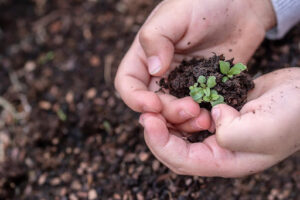
Every plant that you encounter will need specific care to thrive. The differences may not be drastic, but they matter when it comes to propagation. I will summarize some easy jumping-off points of easy foods to grow on your own!
Green Onions:
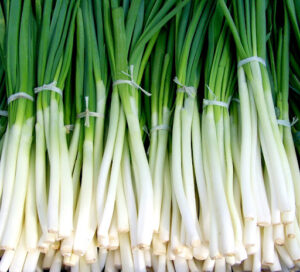
Cut the Green Onion about an inch away from the bulb (the bottom connected to the roots). You will have the green onion roots, the bulb, and about an inch of the plant still together. Place the remaining plant upright in cool water. The water should cover the roots completely, but not the plant. If it covers the rest of the onion, it could rot. Place in direct sunlight and change the water once a week.
Once the roots are about 4 inches long, repot the onion in the soil. Replanting allows the green onion to continue to produce for longer. As it grows, you can cut off the green onion from the top of the plant and use it as needed! This plant is super easy to care for and convenient for apartments.
Celery:
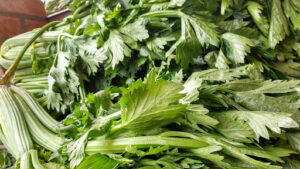
Cut the end of your celery off where all the stalks meet. Suspend your base in water and keep it- fully submerged. Some people will use toothpicks to ensure that the celery does not touch the bottom (touching the bottom can cause it to rot faster- and impede root growth). Leave the celery in the sunlight and change the water every few days. When the roots are about an inch long, you can re-pot your celery in the soil! Celery is another plant that will grow in an apartment.
Cabbage:
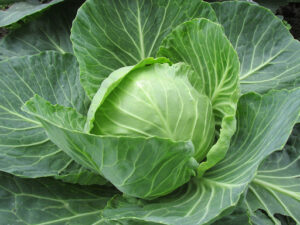
Cabbage is one of the easiest plants to regrow. All you need to do is place the leftover leaves in water. You will start to notice new leaves appear and see roots begin to grow. Change the water every few days and leave it in the sunlight and change the water every few days. Once the roots appear to be sturdy, you can re-pot the cabbage. This plant is also perfect for an apartment. You can leave the cabbage in a container. However, the cabbage will last longer and produce more if potted in soil.
Bok Choy:
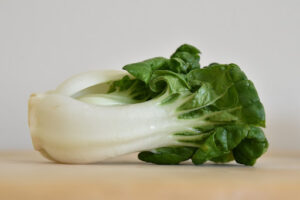
Cut the end of your bok choy off where all the stalks meet. Suspend your base in water – fully submerged. You can use similar techniques as the celery by leaving it in the sunlight and changing the water every few days. Just like with the celery, once the roots are an inch long, you should re-pot the food. Bok Choy is another plant that will work in an apartment.
Carrots:

Carrots are one of my personal favourites to regrow. First, you have to cut the top of the carrot, leaving about an inch or so of carrot. This section is then placed in shallow water, covering the bottom of the carrot but not the top (if the top of the carrot is covered, it is likely to rot). When the top of the carrot begins to grow, you can replant it in either your garden or a pot. It is recommended that you plant your carrot in a flower pot before replanting it in your garden. This way the roots of the carrots have time to grow more before they get exposed to the harsher conditions outside. Carrots will require a garden at the end of the process.
Potatoes:
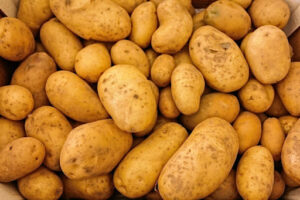
When you store potatoes in a dark and cool place, they will naturally start to sprout independently and will not need much intervention. Then, when it is early spring, you can plant your potatoes! Potatoes thrive in colder weather, so mid-March and early April are the perfect times to start planting your potatoes.
What to Consider
When planning a garden either in your apartment or in your backyard, you should consider what your native plants are, as these will grow bountifully and thrive. You will also want to consider the range of temperatures, seasons, and the space you have. Try to choose food that will grow easily and heartily in your environment.
Propagating may seem daunting, but once you have a handle on it, you will have a wonderful garden in no time! Happy Gardening.
Works Cited:
https://about.spud.com/blog-regrowing-vegetables-from-scrap/
https://www.allrecipes.com/article/save-money-diy-fresh-green-onions/
https://www.allrecipes.com/article/regrow-celery-from-scraps/
https://lovefoodies.com/how-to-re-grow-bok-choy/
https://www.eatingwell.com/article/7874487/growing-carrots-from-scraps/
https://www.gardeningchannel.com/growing-potatoes-from-store-bought-potatoes/
Images cited from pixabay.com

